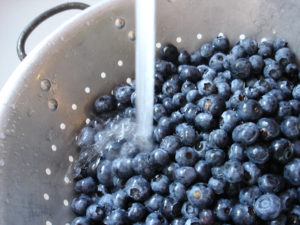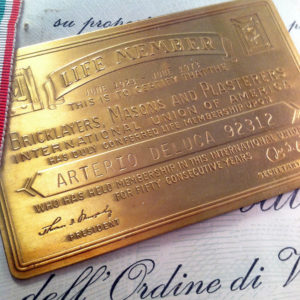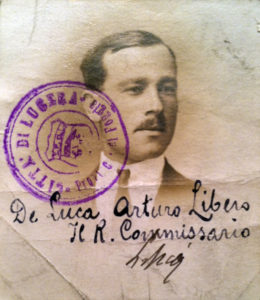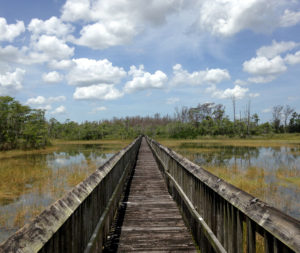History reveals that folks have generally been not all that interested in recording the birthdates of their children, especially a very long time ago. Heck, even in more recent times… we were never entirely sure if Grandpa’s birthday was on the 21st of November or on the 23rd, and just recently we learnt that Mom’s birthday, which we always celebrate on October the 3rd, may actually be on the 2nd. (I suspect we’ll be celebrating both days this year. Why not?)
And so it is that no one really knows when many historic figures were born, and for some of these folks, like John the Baptist and Jesus Christ and his mother Mary, these things eventually became a matter of some importance. So the Church early on assigned dates to their births, often in conjunction with astronomical almanac events. They placed the birth of Jesus at the Midwinter Solstice and the birth of John the Baptist at the Midsummer Solstice. And today, the 8th of September, in the harvest season, they placed the birth of Mary to her parents Anne and Joachim.
It is a time of growing abundance on the fast approach to autumn by the almanac. Summer and fall both are in our sight, and this Nativity of Mary day has elements of both, too. In Italy, it is a day of feasting on blueberries, for blue is the traditional color of Mary’s robe. Blueberries, most definitely, a summer fruit. Across the Pyrenees, though, in France, the Nativity of Mary is celebrated with grapes, an autumnal fruit. In fact, the day there is known as Our Lady of the Grape Harvest, especially amongst the wine makers, who will be bringing their best grapes to church today for a blessing. Across France today, look up at most any statue of the Blessed Mother, and you are bound to find a bunch of grapes placed in her hands. Across the Alps, in Austria and in Switzerland, it is time to bring the sheep and cattle down from the mountains and into the valleys: winter is fast approaching, and the Nativity of Mary on the 8th of September is known there as “Drive Down Day” in honor of this custom of moving the animals out of the mountains and back to the valleys, usually with some pomp and ceremony, the cows decorated with flowers and bells.
The day is, as well, a traditional weather marker: The weather today is thought to determine what the weather will be like for the next four weeks. Here in Lake Worth, where summer is king, yesterday’s weather seemed to be our first hint that summer’s heat may be breaking soon, so I’m hopeful that continues today… which may mean a cooler September? I will take that, thank you. And I’ll take some blueberries, too.



